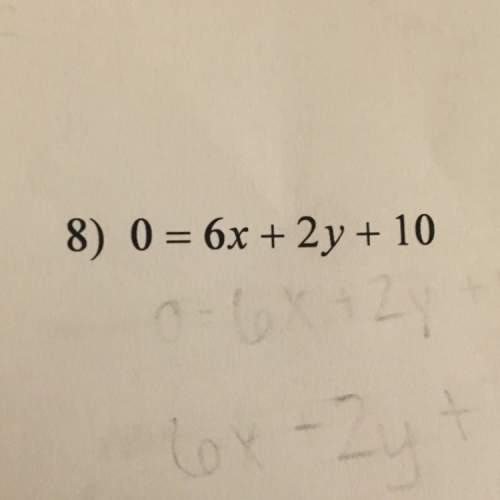
Mathematics, 18.03.2021 02:00 christylivingsowzxa2
Tyler was trying to prove that all rhombuses are similar. He thought, “If I draw 2 rhombuses, I can find dilations that will take one rhombus exactly onto the other.” Then he wrote a proof. All rhombuses are not similar. Which steps in Tyler’s proof have flaws? Explain what is wrong with each step that is wrong.
Step 1: Let ABCD and WXYZ be rhombuses. By the definition of a rhombus, AB ≅ BC ≅ CD ≅ DA and WX ≅ XY ≅ YZ ≅ ZW.
Step 2: Dilate rhombus ABCD by the scale factor given by WXAB . Side A'B' will be the same length as WX because of how I chose the scale factor. Because all sides of a rhombus are congruent, B'C' will be the same length as WX and therefore the same length as XY, C'D' will be the same length as YZ, andA'D' will be the same length as WZ. That means all the corresponding sides of A'B'C'D' and WXYZ will be the same length.
Step 3: If all the sides in 2 figures are proportional, then those 2 figures are similar, so there must be a sequence of transformations that take ABCD onto WXYZ using dilations and rigid motions.
Step 4: Translate A'B'C'D' by the directed line segment A'W so that A" and W coincide.
Step 5: Rotate A"B"C"D" by angle B"WX so that B"' and X coincide. Now segments A'"B'"and WX coincide.
Step 6: If needed, reflect A"'B'"C"'D'" over segment WX so that D"" and Z are on the same side of WX. Now segments A""D""and WZ coincide.
Step 7: Once 3 vertices of the rhombus are lined up, the other vertex has to line up as well or else the shapes wouldn’t be rhombuses. So, we have shown we can use rigid motions and dilations to line up any 2 rhombuses, and therefore, all rhombuses are similar.

Answers: 2
Another question on Mathematics

Mathematics, 21.06.2019 19:30
The standard deviation for a set of data is 5.5. the mean is 265. what is the margin of error?
Answers: 3

Mathematics, 21.06.2019 20:10
Which value of m will create a system of parallel lines with no solution? y= mx - 6 8x - 4y = 12
Answers: 1

Mathematics, 21.06.2019 20:30
25) 56(1) = 5b a. identity property of addition b. identity property of multiplication c. commutative property of multiplication d. commutative property of addition
Answers: 1

Mathematics, 21.06.2019 20:30
Daryl factors the polynomial p(x)=x3+x2−26x+24 to rewrite it as p(x)=(x+6)(x−4)(x−1). which equations must be true? there may be more than one correct answer. select all correct answers. p(1)=0 p(−4)=0 p(−1)=0 p(6)=0 p(4)=0 p(−6)=0
Answers: 1
You know the right answer?
Tyler was trying to prove that all rhombuses are similar. He thought, “If I draw 2 rhombuses, I can...
Questions


Health, 04.02.2022 01:20


Mathematics, 04.02.2022 01:20


Mathematics, 04.02.2022 01:30


Biology, 04.02.2022 01:30








English, 04.02.2022 01:30


Social Studies, 04.02.2022 01:30


Mathematics, 04.02.2022 01:30




